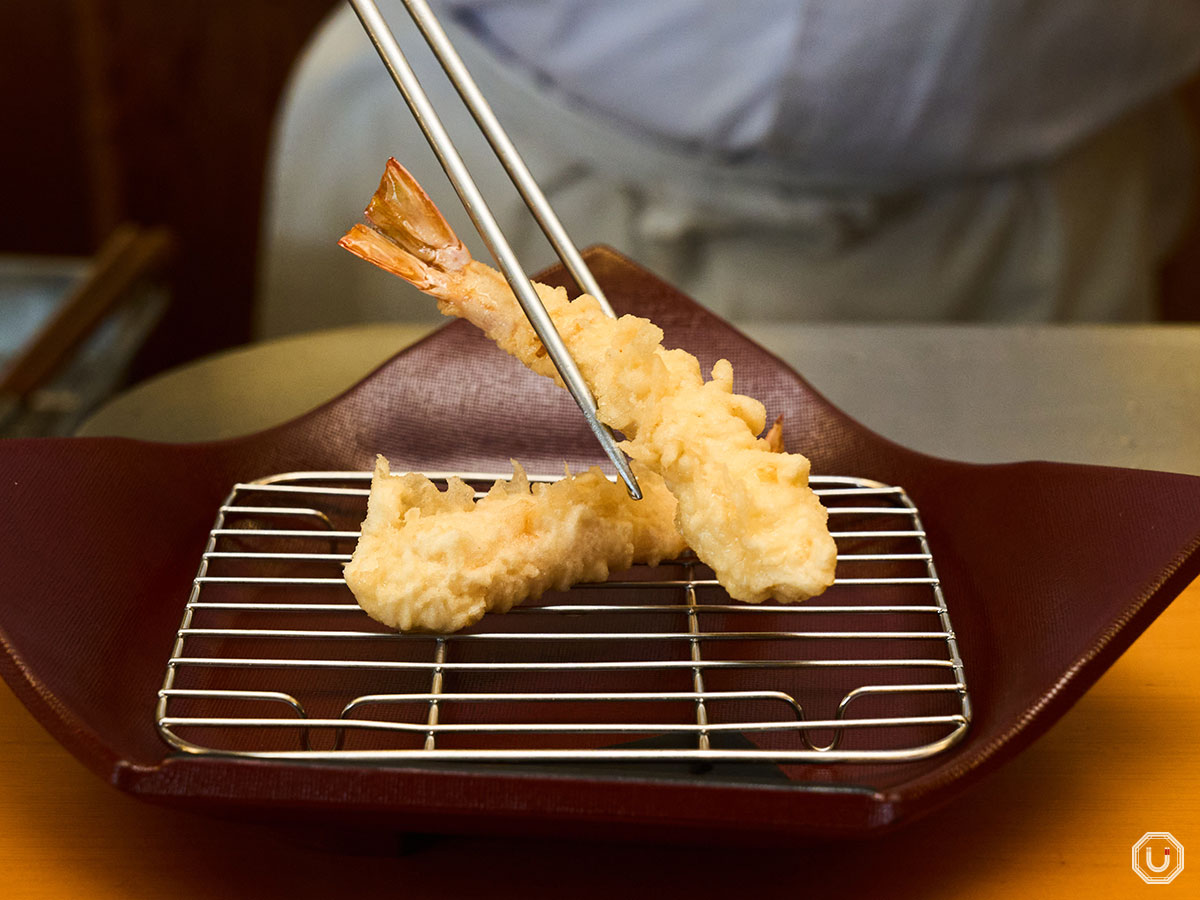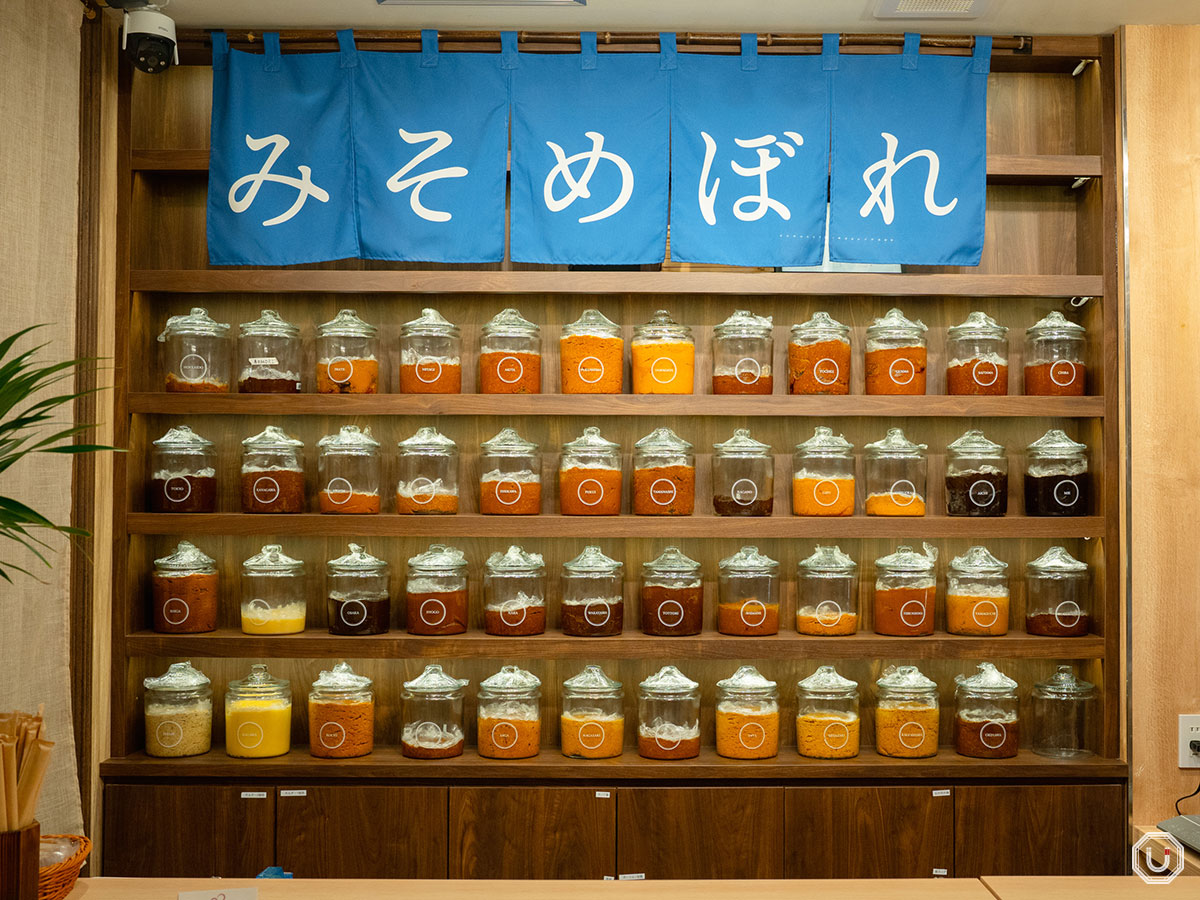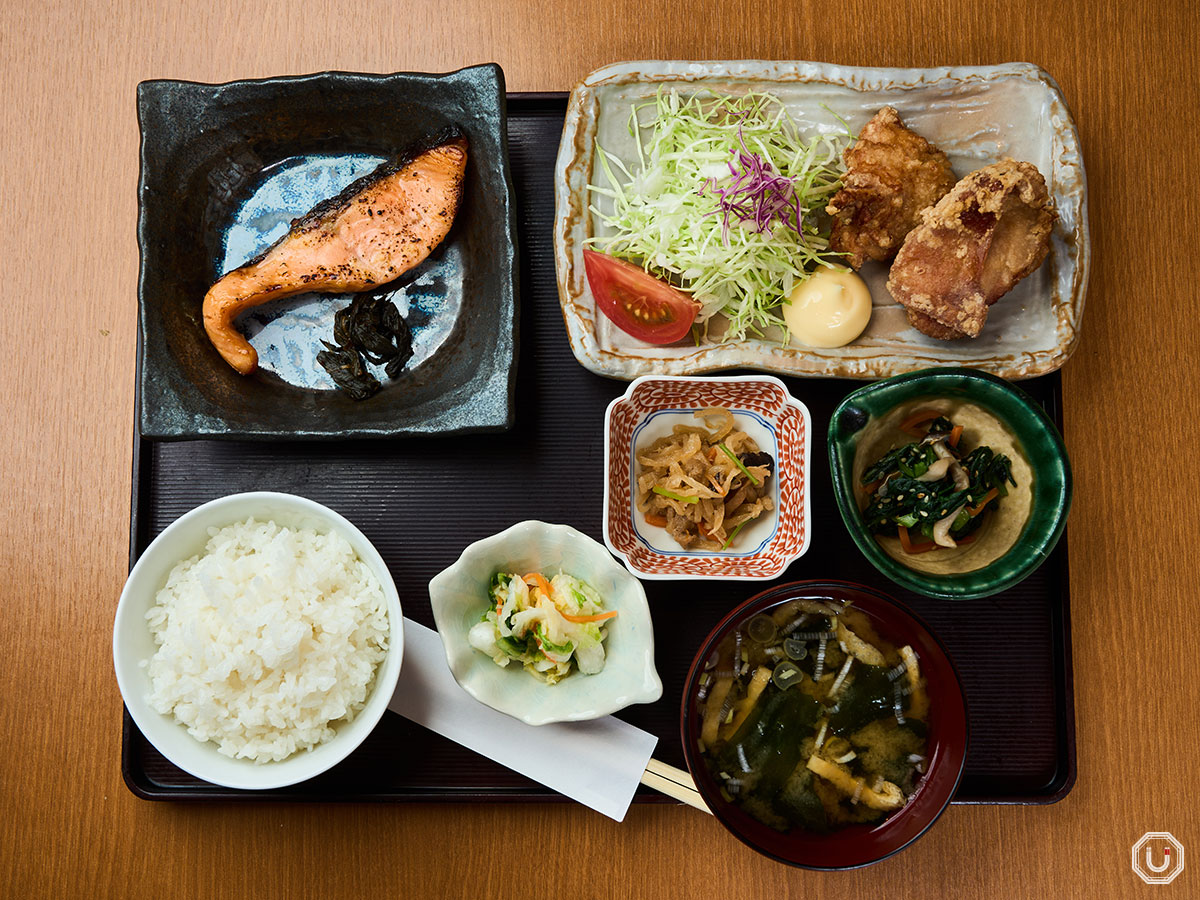
Tasty travels in Japan
Welcome to Umami bites, your ultimate guide to exploring the unique flavors, culture, and lifestyle of Japan, crafted especially for international visitors.
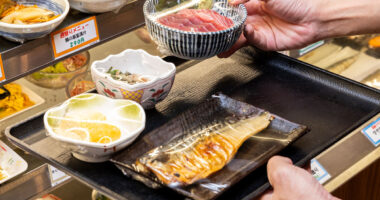
Okachimachi Komachi Shokudo – Customize Your Japanese Teishoku Near Ueno Station
Rice, a variety of side dishes, and miso soup—together they form teishoku, a set meal style that is a proud part of Japanese food culture. In recent years, thanks in part to exposure to it via anime, teishoku has been gaining popularity among international visitors. The chance to taste a little bit of everything has captured the hearts of food...

Retro Izakaya Dining on Hoppy Street — Asakusa Sakaba Okamoto
Just steps away from the bustling Sensō-ji Temple in Tokyo’s Asakusa neighborhood, you’ll find Hoppy Street (ホッピー通り), a retro-style alley lined with izakaya (Japanese gastropubs). This drinking district traces its origins back to the post–World War II era, when it began as a cluster of food stalls. The area earned its current nickname because many places served Hoppy, a uniquely...

Traveling to Japan This Summer? Don’t Miss the Coolest Way to Beat the Heat!
Japan’s summers are no joke—hot, humid, and surprisingly intense, especially for first-time visitors. Many tourists come unprepared for the sticky heat, only to find themselves drenched in sweat within minutes of stepping outside. But Japan has developed all kinds of clever ways to beat the heat—from wearable cooling pads to portable fans—and they’ve become a reliable way to make sure...
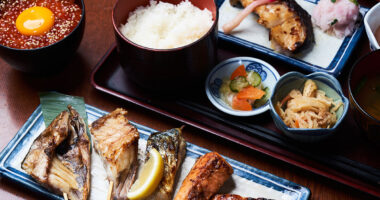
Where to Eat Himono in Tokyo: Charcoal-Grilled Teishoku at Koganeya
As an island nation, Japan has a deeply rooted culinary culture of eating fish. Among its many fish preparations, himono—fish that has been dried to preserve it and enhance its flavor—is one of the most familiar and beloved ingredients for Japanese people. At “Sumibiyaki Shokudo Koganeya,” you can enjoy himono in the form of teishoku, a set meal served with...
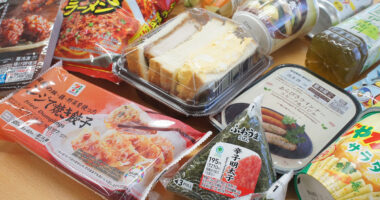
What Can 5,000 Yen Buy at a Japanese Convenience Store? Here’s What Breakfast, Lunch, and Dinner Look Like!
Japanese convenience stores aren’t just handy shops with wide product selections open 24 hours a day. Of course, that alone is convenient enough. But from morning coffee to hearty lunches, light snacks, and even full-scale dinners, the range of food is so impressive that you could practically get through an entire day eating only from a convenience store. On top...

7 Best Tonkatsu Restaurants in Tokyo – Traditional, Local, and Creative Styless
Crispy on the outside and juicy on the inside, tonkatsu—breaded and deep-fried pork cutlets—is one of Japan’s iconic dishes. Across the country, specialty shops each put their own spin on this classic, and the deliciousness of tonkatsu has also gained attention overseas. What Is Katsu? Everything You Need to Know About Japan’s Fried Cutlet Craze At first glance, tonkatsu may...
Latest

Shinjuku Station Dining: Torafuku’s All-You-Can-Eat Rice Teishoku Set Meals
Since ancient times, rice has been deeply connected to Shinto rituals and festivals, symbolizing abundance and prosperity. It remains Japan’s culinary identity—an everyday source of energy, with a simple and gentle taste that perfectly complements a wide range of side dishes. At “Ookamadomeshi Torafuku Lumine Shinjukuten,” (referred to hereafter as “Torafuku”), a popular teishoku (set meal) restaurant, you can enjoy…

Tokyo National Museum – Japan’s Oldest Museum to Learn About Japanese Art and History
The Tokyo National Museum is one of Japan’s largest museums, collecting, preserving, and exhibiting a diverse array of Japanese and East Asian art and archaeological artifacts. With a collection exceeding 120,000 items, six exhibition halls constantly display valuable cultural properties. Among them, the Japanese Gallery in the Honkan (Japanese Gallery) is particularly noteworthy. Here, visitors can experience the flow of…

Step Into the Beautiful World of Japanese Art at the Yamatane Museum of Art
Founded in 1966 in the Kabutochō neighborhood of Nihonbashi and centered around the on the personal collection of Taneji Yamazaki, the Yamatane Museum of Art has dedicated itself to collecting and exhibiting high-quality Japanese paintings. Its holdings include approximately 1,800 works, ranging from modern and contemporary nihonga (Japanese paintings) to classic calligraphy, ukiyo-e (traditional Japanese woodblock prints), and Western-style oil…
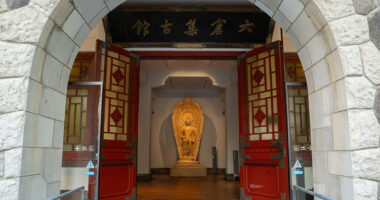
Step Into Tokyo’s Hidden Treasure: Okura Museum of Art’s Stunning Collection of Japanese and Asian Art
Located in Toranomon, Minato Ward, the Okura Museum of Art is Japan’s oldest existing private museum. It houses approximately 2,500 works, including antiques from Japan and across Asia collected over a lifetime by businessman Kihachiro Okura (1837-1928), active from the Meiji to Taishō periods, as well as modern Japanese paintings gathered by his son Kishichiro Okura (1882-1963), the founder of…

Fresh, Crispy, Perfect – Tempura Teishoku You Can’t Miss at Tensuzu, Ueno
With its crisp coating and the burst of flavor from fresh ingredients, tempura is one of the most satisfying dishes in Japanese cuisine. Made with freshly caught seafood from Tokyo Bay and seasonal vegetables, Edomae tempura reflects the very flavors of Tokyo’s seasons. There is a restaurant that has been carefully preserving the tradition of Edomae tempura since the 18th…
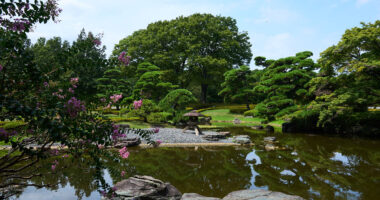
Explore the East Gardens of the Imperial Palace – A Hidden Walking Spot Near Tokyo Station
Located at 1 Chiyoda-ward, Tokyo, the Imperial Palace is the residence of the Emperor of Japan and was once the site of Edo Castle, the home of the shogun. Today, a portion of the grounds is open to the public free of charge, allowing anyone to visit and explore. Entering the East Gardens of the Imperial Palace from the nearest…
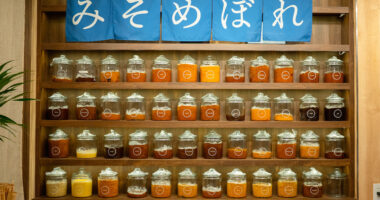
Miso Lovers Must Visit! Regional Flavors Await at Misomebore, Roppongi
Miso, a traditional Japanese seasoning with a history spanning over a thousand years, is made by fermenting soybeans, concentrating their natural umami. It has countless uses—from miso soup to grilled and simmered dishes—making it a cornerstone of Japanese culinary culture and one of the country’s most beloved fermented foods. Miso soup at Misomebore In addition, miso has been gaining attention…

Okachimachi Komachi Shokudo – Customize Your Japanese Teishoku Near Ueno Station
Rice, a variety of side dishes, and miso soup—together they form teishoku, a set meal style that is a proud part of Japanese food culture. In recent years, thanks in part to exposure to it via anime, teishoku has been gaining popularity among international visitors. The chance to taste a little bit of everything has captured the hearts of food…

Retro Izakaya Dining on Hoppy Street — Asakusa Sakaba Okamoto
Just steps away from the bustling Sensō-ji Temple in Tokyo’s Asakusa neighborhood, you’ll find Hoppy Street (ホッピー通り), a retro-style alley lined with izakaya (Japanese gastropubs). This drinking district traces its origins back to the post–World War II era, when it began as a cluster of food stalls. The area earned its current nickname because many places served Hoppy, a uniquely…

Where to Eat Himono in Tokyo: Charcoal-Grilled Teishoku at Koganeya
As an island nation, Japan has a deeply rooted culinary culture of eating fish. Among its many fish preparations, himono—fish that has been dried to preserve it and enhance its flavor—is one of the most familiar and beloved ingredients for Japanese people. At “Sumibiyaki Shokudo Koganeya,” you can enjoy himono in the form of teishoku, a set meal served with…

What Can 5,000 Yen Buy at a Japanese Convenience Store? Here’s What Breakfast, Lunch, and Dinner Look Like!
Japanese convenience stores aren’t just handy shops with wide product selections open 24 hours a day. Of course, that alone is convenient enough. But from morning coffee to hearty lunches, light snacks, and even full-scale dinners, the range of food is so impressive that you could practically get through an entire day eating only from a convenience store. On top…

Kawaii Style 101: Characteristics and How to Experience It
Japan’s unique aesthetic of kawaii (cute) culture has become a global symbol of Japanese pop culture. Beyond mere appearance, the “kawaii style” expresses inner kindness and approachability, encompassing fashion, makeup, and behavior. For visitors, understanding this aesthetic offers a rich opportunity to experience Japanese culture deeply. To learn more about the core meaning of kawaii and its place in Japanese…

Beyond Cute: What “Kawaii” Really Means in Japanese Culture
For visitors to Japan, the word kawaii (cute) is a fascinating concept in Japanese language learning, transcending a mere adjective to embody a core cultural value. The word, now globally recognized, plays a central role in Japan’s pop culture and tourism industry. This article explores kawaii’s basic meaning, cultural significance, and practical usage, offering clear insights to deepen your understanding…

What Does Takoyaki Really Taste Like? A Guide to Classic and Creative Varieties
Takoyaki (often translated as “octopus dumplings”), a quintessential Japanese dish, captivates food lovers worldwide. Made from a wheat flour batter with small octopus pieces and shaped into balls, it boasts a crisp exterior and a soft, gooey interior. Originating in Osaka, takoyaki is now cherished across Japan, with regional variations adding distinct flavors. To explore the broader allure, history, and…
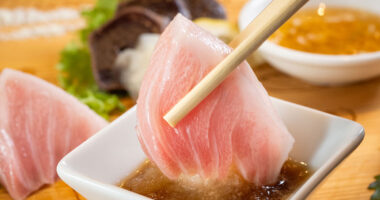
Must-Try Japanese Food List: Learn the Background and Taste of Japan’s Most Famous Dishes
For visitors to Japan, washoku (Japanese cuisine) is a highlight of the journey. Leveraging fresh, seasonal ingredients, washoku has evolved into diverse dishes. Recognized as a UNESCO Intangible Cultural Heritage in 2013, it’s globally celebrated for its delicate flavors, elegant presentation, and varied techniques. For deeper insights into the cultural significance and must-try dishes, see our article, “Traditional Japanese Foods:…

